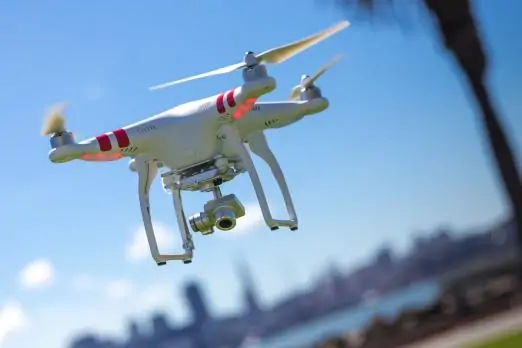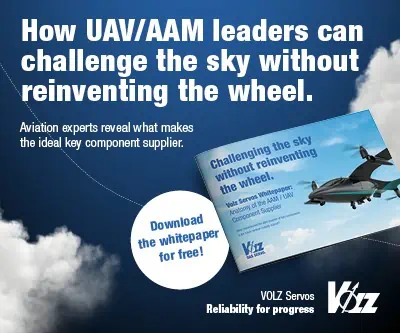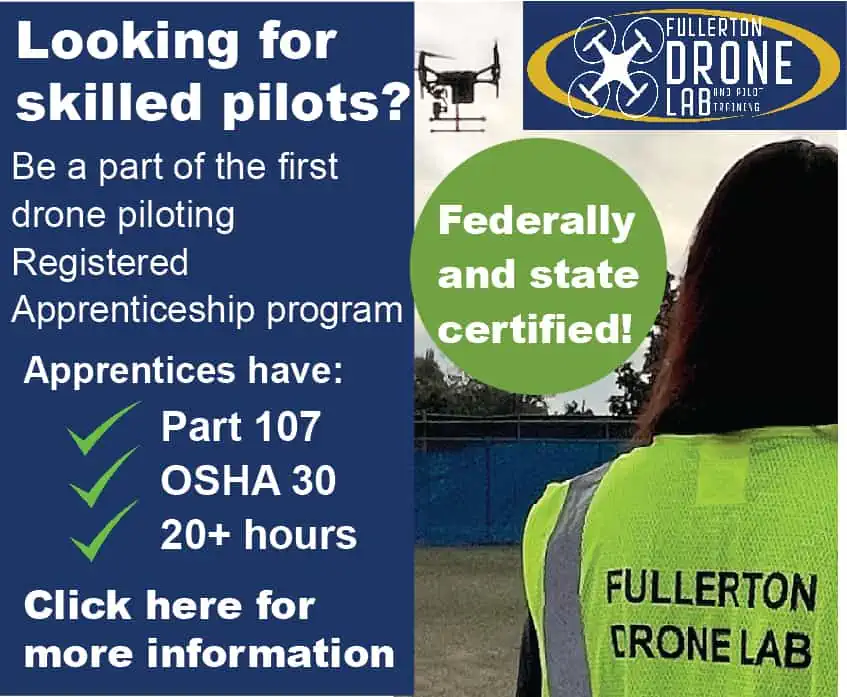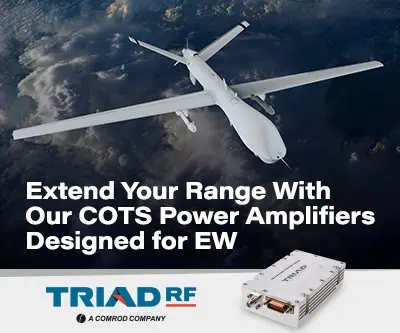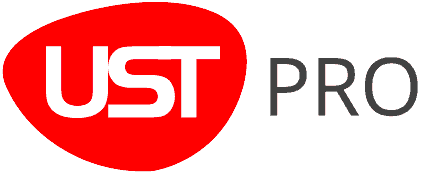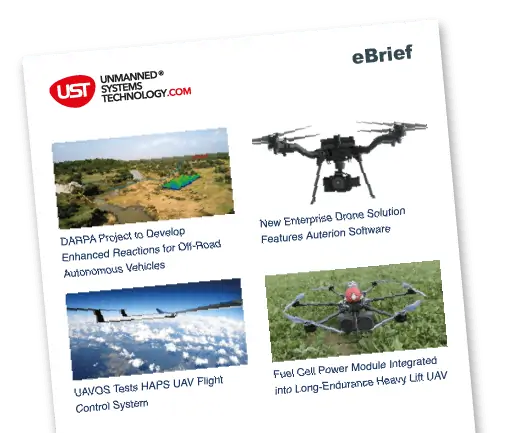DJI has announced that it is improving its geofencing technology to refine the airspace limitations for drone flights near airports, in order to provide smarter protection for airplanes in critical areas.
“DJI is proud to once again lead the industry in developing proactive solutions for safety and security concerns,” said Brendan Schulman, DJI Vice President of Policy & Legal Affairs. “This is an enormous step forward for safely integrating drones into the airspace based on a more finely-tuned evaluation of risks associated with aircraft approaching and departing different types of airports.”
The updated Geospatial Environment Online (GEO) Version 2.0 will be phased in with the revised zones taking effect for airspace around airports in the United States. Upgrades in other regions will follow in due course.
The new system allows GEO to create detailed three-dimensional “bow tie” safety zones surrounding runway flight paths, and to use complex polygon shapes around other sensitive facilities, rather than just simple circles. These new restrictions better reflect the actual safety risk posed in those areas, while allowing more flights to the side of runways where risk is substantially lower.
DJI’s new geofencing also incorporates the principles of Section 384 of the recently-enacted U.S. Federal Aviation Administration (FAA) Reauthorization Act designating the final approach corridor to active runways at major airports to be “runway exclusion zones” for unauthorized drones. DJI customers should update their DJI GO 4 flight control app and aircraft firmware to ensure these improvements are implemented.
To obtain reliable geospatial information for the enhanced shapes in GEO 2.0, DJI has chosen a new data provider that can provide highly accurate details such as the exact locations of airport runways and facility boundaries. In North America, DJI will use data from PrecisionHawk, replacing DJI’s previous geospatial data provider AirMap.
“DJI is pleased to partner with companies that support our vision of safe skies that are open to innovation,” Schulman said. “DJI pioneered geofencing for drones, as well as automatic altitude limitations, collision avoidance sensors and a mandatory knowledge quiz about safe flight rules. PrecisionHawk shares DJI’s commitment to ensuring that safety technology enhances the ability of recreational and professional drone pilots to fly.”
“PrecisionHawk has a corporate commitment to safely integrating drones into the airspace and enabling complex operations. Through our work under the FAA Pathfinder Program, we have shown how technology can play a critical role in unlocking advanced operations, including beyond visual line of sight flight,” said Diana Cooper, Senior Vice President of Policy and Strategy at PrecisionHawk. “After years of development and testing, we are excited to leverage our Low Altitude Traffic and Airspace Safety (LATAS) platform to support DJI’s customers in conducting safe drone operations across North America.”
DJI first created No-Fly Zones for its drones in 2013 and introduced the more refined GEO system three years later, adding live updates and new zones for prisons and nuclear power plants, while providing flexible self-unlocking for professionals. Both systems recognized that the overwhelming majority of drone pilots want to fly safely and responsibly, and want an easy-to-use guide to help them understand the airspace so they can do so.
To develop GEO 2.0, DJI collaborated with general aviation pilots through the Aircraft Owners and Pilots Association (AOPA) and with airports through the American Association of Airport Executives (AAAE) to incorporate their expertise and guidance about air traffic and airports into DJI’s new geofencing methods.
“AOPA applauds DJI’s leadership in geofencing technology, and we appreciate their collaboration with our teams, to create safe and effective systems that allow all to safely enjoy the freedom to fly,” said AOPA President and CEO Mark Baker. “These latest improvements promote safe UAS integration in our aviation community by tailoring the geofence areas around each airport in a manner that has clear advantages for manned and unmanned operators.”
“AAAE appreciates DJI’s efforts to implement these important geofencing improvements,” said Justin Barkowski, AAAE Staff Vice President, Regulatory Affairs. “This is a common-sense approach to enhancing safety in the airport operating environment while providing users with additional areas to safely operate their drones.”
DJI geofencing uses GPS and other navigational satellite signals to automatically help prevent drones from flying near sensitive locations such as airports, prisons, nuclear power plants and high-profile events. In certain locations, a DJI drone cannot take off or fly in a geofenced area without special authorization. Drone pilots with verified DJI accounts can unlock some areas if they have legitimate reasons and necessary approvals, but the most critical areas require special action from DJI to unlock them. DJI has streamlined the approval process so professional drone pilots with authorization to fly in sensitive locations can receive unlocking codes within 30 minutes.
The GEO system previously geofenced a 5-mile circle around airports, with enhanced restrictions in a smaller circle encompassing the airport area. GEO 2.0 applies the strongest restrictions to a 1.2 kilometer- (3/4 mile)-wide rectangle around each runway and the flight paths at either end, where airplanes actually ascend and descend. Less strict restrictions apply to an oval area within 6 kilometers (3.7 miles) of each runway. This bow tie shape opens more areas on the sides of runways to beneficial drone uses, as well as low-altitude areas more than 3 kilometers (1.9 miles) from the end of a runway, while increasing protection in the locations where traditional aircraft actually fly.
DJI’s new boundary areas around airport runways are based on the International Civil Aviation Organization’s Annex 14 standard for airspace safety near runways and the FAA’s Part 77 parameters for “imaginary surfaces” and air navigation obstructions. DJI’s categorization of airports is based on traffic volume principles defined in statutes such as U.S. Title 49 section 47102, and the FAA’s criteria developed in 2012 for categorizing general aviation airports.
Using these aviation parameters, DJI has aligned its geofencing safety feature to broader understandings of airspace and airport risk. DJI has released a chart that demonstrates how GEO 2.0 applies those detailed, risk-based airspace boundaries to the airspace around airports that can be considered to involve relative high, medium, and low risk.




